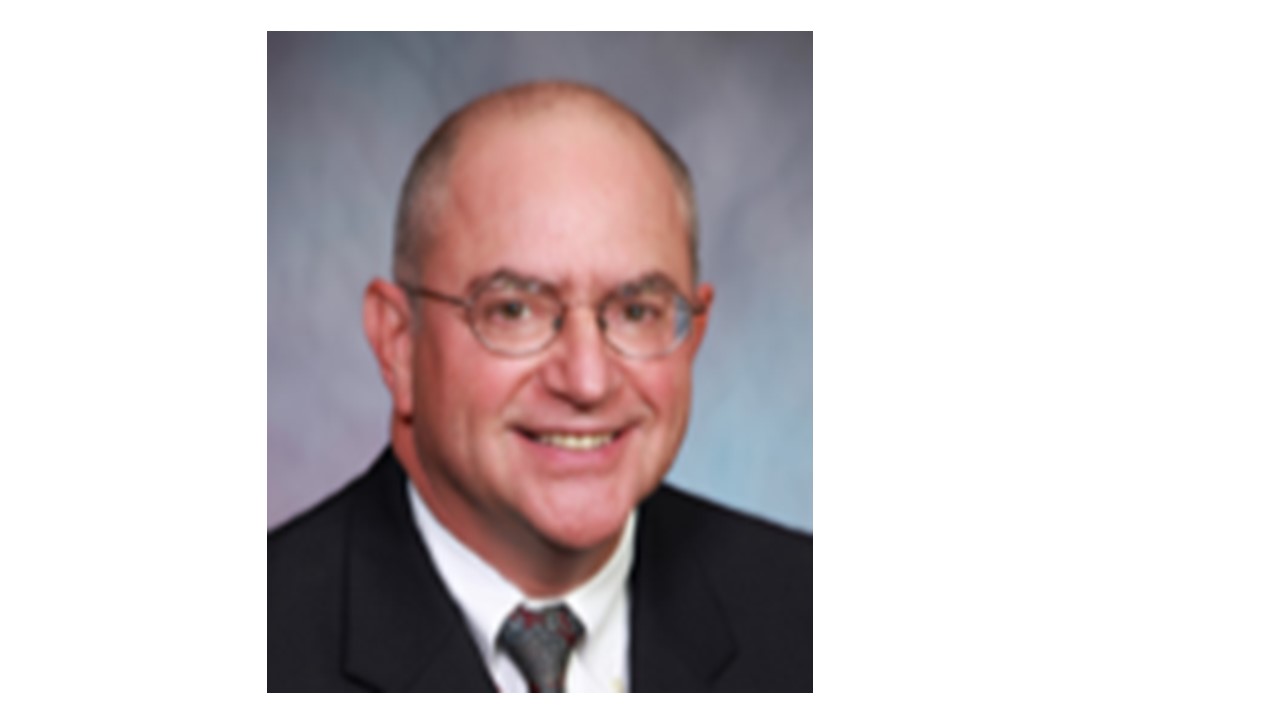
This almost sounds like an oxymoron as one’s natural tendency is
to avoid risk. Taking care of patients is difficult enough. Why put our
bottom line at additional risk while doing so (in programs such as MSSP
(Medicare Shared Savings Program), NGACO (Next Generation ACO) and BPCI-A
(BPCI Advanced)? There are several reasons:
1) We are gaining invaluable experience on how to best navigate the road
from volume to value. As our nation’s health care dollars are increasingly
tied to value-based programs, our success as a health care system depends
more and more on being able to do this well.
2) Participating in these programs give us access to waivers which we have
taken advantage of to (i) create QuE programs to the benefit of Alliance
specialists and MWHC, (ii) employ advanced practice nurses in our hospitals
to improve patient care and relieve physician stress and (iii) provide
benefits to our patients such as nebulizers to our COPD patients.
3) These risk-bearing government programs are considered AAPMs (Advance
Alternative Payment Models) which provide access to the 5% APM bonus which
is based on 100% of our qualified Alliance providers’ Part B Medicare
billings. These bonuses will be paid out later this year and, in aggregate,
should total over one million dollars.
4) Though not specifically an Alliance program, the Mary Washington Medicare
Advantage Health Plan (which is a full at-risk program) offers two HMO
products which utilize exclusively Alliance physicians.
Medicare Advantage gets us as close to the premium dollar as possible and
we feel this represents the future of health care in our region as far
as the care of our Medicare beneficiaries is concerned.
What is particularly challenging is that it is becoming increasingly difficult
to achieve savings in our local healthcare environment. Why is this so?
1) The rules of these at-risk programs keep changing, generally not in
our favor. For example, when we started out in Next Gen ACO, this was
presented as a 5-year program with our spending targets based on our spend
in 2014, a relatively high spend year. One year into the program, CMMI
moved the baseline up to more recent years for which we had successfully
lowered our spend. Clearly, it’s more difficult to succeed in a
program with “moving targets”, especially when those targets
are moving in an unfavorable direction.
2) Our health system is advancing. We’re providing more advanced
care for more complex patients. This costs money. This is appropriate
spend but government contracts, as they presently exist, don’t account
for this. That is, any spend above target is considered excess spend whether
appropriate or not.
So, what can you do to help us succeed in this increasingly challenging
at-risk environment?
1) The patient is always the priority. If we do the best for our patients,
we’ll always come out on top. However, the “best I can do”
does not equate to “everything I can do”. On average, 25%
of the care delivered to patients is of no or low value (JAMA, 2019;322(15):1501-1509).
Not every patient with a headache needs a head CT. Not every patient with
back pain needs an MRI. Not every adult scheduled for surgery needs a
pre-op stress test. I know you know this, but the reality is, as a network,
we order more lab tests, advanced imaging and surgical procedures than
necessary for optimal care.
2) Provide as much patient access as possible so that your patients can
see you when they have a problem rather than go to urgent care or the ED.
3) Do your best to help the Alliance do their best. Pay attention to our
communications (as you are doing right now by reading this newsletter),
make communicating with each other a priority, participate on Alliance
committees and meet with Alliance staff members when they visit your practices.
The Alliance remains strong and effective. But we can do better and must
do better in order to successfully navigate this challenging road from
volume to value.